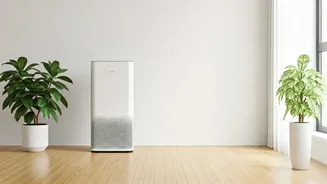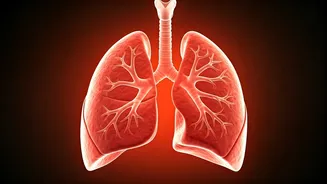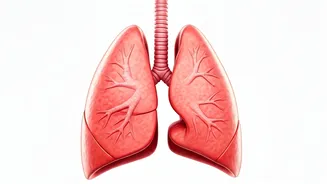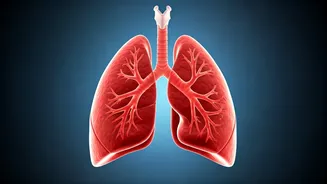Regular Cleaning Habits
The foundation of a clean home environment is regular, comprehensive cleaning. It is recommended to dust frequently using a microfiber cloth to capture
particles efficiently. Vacuuming is also essential, preferably using a vacuum cleaner equipped with a HEPA filter. This type of filter captures tiny particles, like dust mites, pollen, and pet dander, which are frequently the culprit behind allergies and respiratory ailments. Moreover, pay attention to areas often overlooked, such as carpets and rugs, which can trap pollutants. By following these routines, you are proactively minimizing the concentration of contaminants and boosting air quality within your living spaces, contributing to a fresher, healthier atmosphere.
Strategic Ventilation Practices
Effective ventilation is key to improving indoor air quality. During periods when outdoor air pollution levels are low, the best practice is to open windows to encourage natural airflow. This facilitates the expulsion of stale, polluted air and brings in clean, fresh air. It is especially important to ventilate kitchens and bathrooms, where moisture and cooking fumes can accumulate. While opening windows, it is crucial to consider air quality forecasts, especially during periods of high pollution. On days when pollution is high, consider using air purifiers or closing windows to prevent the entry of harmful particles. The goal is to balance ventilation with air quality needs, ensuring that your home remains well-ventilated without exposing the indoor environment to excessive pollutants.
Air Purifier Selection Guide
Choosing the appropriate air purifier can substantially reduce indoor air pollution levels. Selecting an air purifier involves considering factors such as room size and the type of pollutants you intend to remove. Look for purifiers equipped with HEPA filters, which are effective at eliminating particulate matter like dust and allergens. Additionally, activated carbon filters are helpful in removing odors and volatile organic compounds (VOCs) from the air. Ensure that the air purifier is appropriately sized for the room it is intended for. Regularly replacing the filters as suggested by the manufacturer is critical for optimal performance. In addition, assess the air purifier's noise level to ensure that it does not disturb your daily activities.
The Power of Houseplants
Incorporating houseplants is a natural way to enhance indoor air quality. Certain plants naturally filter pollutants and release oxygen. Some effective choices include snake plants, spider plants, and peace lilies. These plants absorb harmful substances, like benzene and formaldehyde, and help purify the air. To maximize the benefits of houseplants, it is best to place them strategically around your home. Consider adding plants to bedrooms, living rooms, and other frequently occupied areas. They not only purify the air but also add aesthetic value and improve the ambiance of your home environment. Ensure proper care for your plants by providing appropriate sunlight, water, and soil conditions to ensure their effectiveness and overall health.
Reduce Indoor Pollution Sources
Minimizing the sources of indoor air pollution is essential for a healthier environment. Reducing exposure to common pollutants can substantially improve air quality. Refrain from smoking inside the house as smoke releases harmful chemicals into the air. It is advisable to choose eco-friendly cleaning products and air fresheners that do not release VOCs. Moreover, manage humidity levels to prevent mold growth, a common source of indoor allergens. It's also crucial to regularly maintain and service your heating and cooling systems to avoid the spread of dust and mold. By reducing these sources, you create an indoor environment that is clean and less likely to cause respiratory issues.
Monitor Air Quality Indices
Keeping track of air quality indices is crucial for proactively managing indoor air quality, especially during pollution season. Several online resources and apps offer real-time updates on local air quality levels. These resources provide information about pollutants like PM2.5, ozone, and nitrogen dioxide. By tracking these indices, you can adjust your indoor air quality strategies. On days when pollution levels are high, it is advisable to keep windows shut and run air purifiers. When air quality is good, you can safely open windows for natural ventilation. Staying informed empowers you to make informed decisions regarding air quality, protecting your health and well-being.
Regular HVAC Maintenance
Regular maintenance of your Heating, Ventilation, and Air Conditioning (HVAC) system is vital for ensuring good indoor air quality. HVAC systems play a key role in circulating air throughout your home. It is important to regularly replace or clean the air filters in your HVAC system. Clogged filters restrict airflow and decrease the system's efficiency. Professional HVAC maintenance ensures that the system operates efficiently and effectively. During maintenance, professionals can inspect for mold and other contaminants that can affect air quality. Consider scheduling regular professional servicing, at least annually, to ensure your system functions effectively and maintains clean air. Properly maintained HVAC systems contribute significantly to a healthy home environment.














